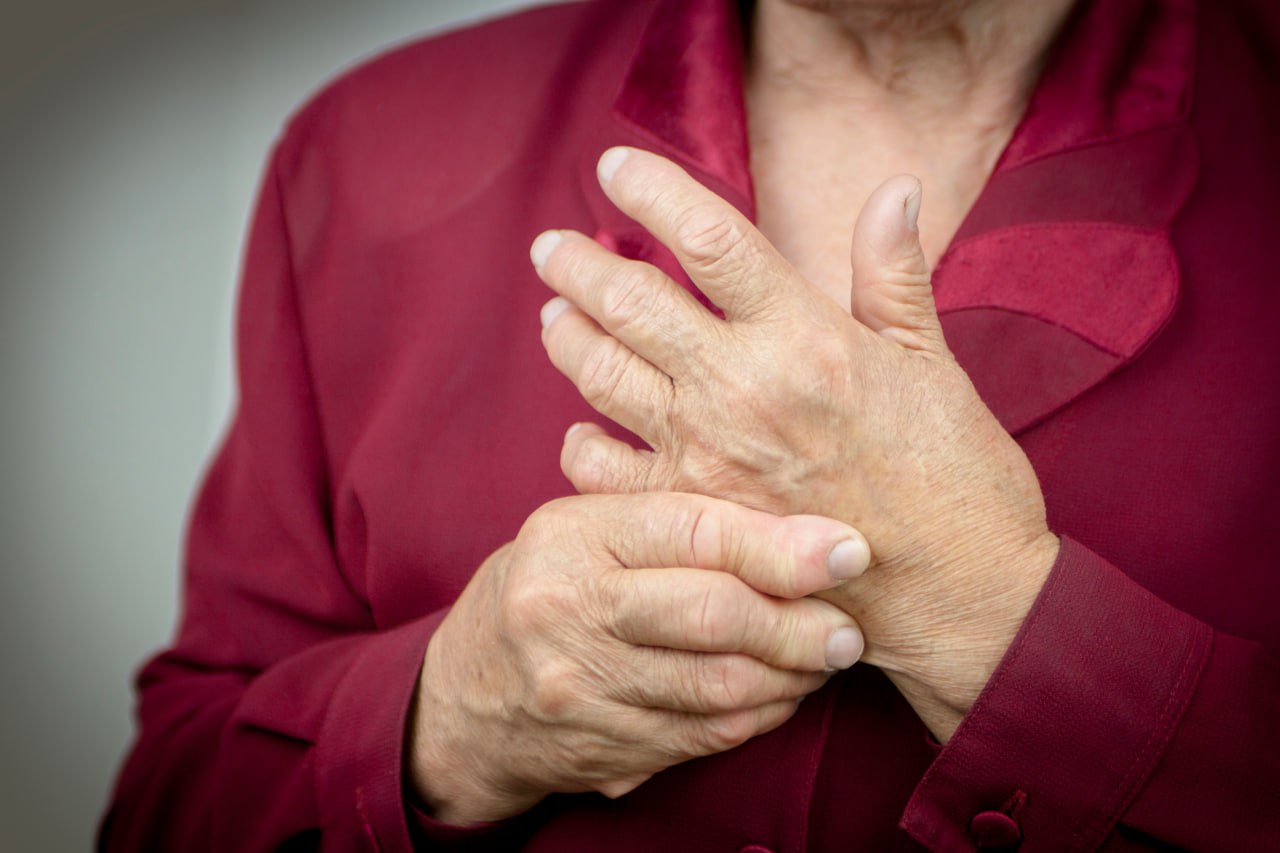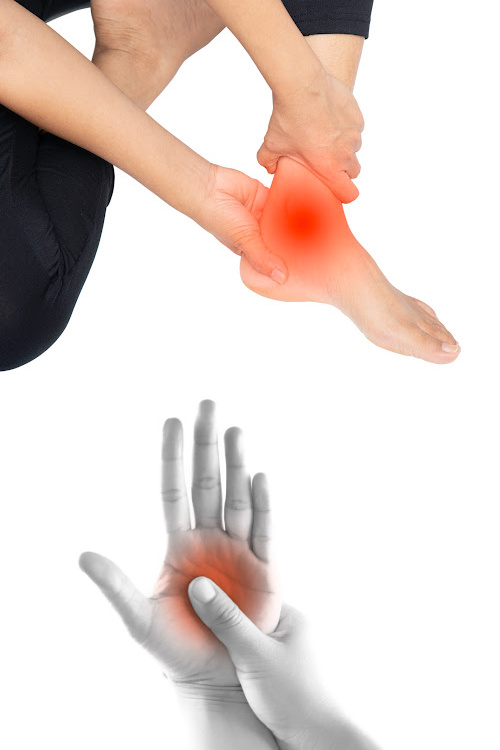Muscle spasms aren’t always a cause for concern, especially if they rarely occur. However, regular muscle spasms should be taken seriously and managed accordingly – especially if you’re experiencing additional symptoms, such as pain. Frequent muscle spasms, such as those in the elbow, can limit your range of motion and disrupt your daily activities.
If you’re experiencing frequent muscle spasms in your elbow, it could indicate an underlying condition that needs attention. At NextPain Care, we can help treat any chronic pain you may be experiencing due to your muscle spasms.
Why Do Elbow Muscles Twitch?
Muscle spasms occur when a muscle contracts and tightens involuntarily. This can happen for various reasons, including the following:
Overuse Or Strain
One of the most common causes of muscle spasms in the elbow is overuse or strain. This can occur from repetitive movements, such as typing for hours on end, or from participating in sports that involve frequent use of the arms. When the muscles in your elbow become fatigued or strained, they can spasm due to the increased pressure and tension.
Dehydration
When dehydrated, your body may not have enough fluids to properly support and lubricate your muscles, leading to tightness and spasms. Additionally, when you become dehydrated, it can lead to an electrolyte imbalance. An imbalance of electrolytes (such as potassium or magnesium) can cause nerve signals in the muscles to misfire, resulting in spasms.
Nerve Damage
In some cases, muscle spasms in the elbow may result from nerve damage. This can occur from previous injuries or medical conditions, such as carpal tunnel syndrome or neuropathy. Nerve damage can disrupt the signals between your muscles and brain, causing the muscles to spasm.
Poor Posture
Poor posture places excess strain on certain muscles and can lead to imbalances that result in spasms. In the case of elbow muscle spasms, poor posture can occur from sitting at a desk for extended periods or from frequent use of mobile devices.
Injury Or Trauma
A traumatic injury to the elbow, such as a fall or impact, can cause muscle spasms as your body tries to protect and heal the affected area. Injuries to the muscles or tendons in the elbow can also result in spasms as they try to repair themselves.
Medical Conditions That Can Cause Elbow Discomfort
The previously mentioned causes of muscle spasms in the elbow are usually temporary. They can often be managed through rest or lifestyle changes. However, there are cases in which the spasms in your elbow may be caused by an underlying condition. The following are some of the common medical conditions that can lead to muscle spasms in your elbow:
Rheumatoid Arthritis
Rheumatoid arthritis is a relatively common autoimmune disorder, with 1-2% of the world’s population having the condition. It can cause inflammation that leads to spasms in the muscles surrounding the affected joint, such as in the elbow. Other symptoms caused by rheumatoid arthritis can include swelling, joint pain, and reduced range of motion. The cause of rheumatoid arthritis is unknown, although it’s thought to be a combination of genetic and environmental factors.
Peripheral Neuropathy
Prolonged nerve damage can lead to peripheral neuropathy. This condition affects the nerves outside of the brain and spinal cord. This can cause muscle spasms, pain, numbness, or tingling sensations in the affected area. Peripheral neuropathy has several causes, including diabetes, alcoholism, and vitamin deficiencies.
Cubital Tunnel Syndrome
Cubital tunnel syndrome develops when the elbow’s ulnar nerve is compressed or irritated. This can cause numbness, tingling, and muscle spasms in the affected arm. Cubital tunnel syndrome is commonly caused by repetitive motions that put pressure on the nerve, such as typing or using tools such as screwdrivers.
Golfer’s Elbow
Medial epicondylitis (more commonly referred to as golfer’s elbow) is a common condition among athletes and individuals who perform repetitive wrist movements (such as swinging a golf club). It causes pain, stiffness, and muscle spasms on the inside of the elbow, where the tendons attach to the bone.
Muscular Dystrophy
Muscular dystrophy is a genetic disorder that causes progressive weakness and breakdown of muscles, including those in the elbow. This condition can lead to muscle spasms, as well as difficulty with movement and daily tasks. Muscular dystrophy cannot be cured, but treatment plans can help manage symptoms.
When To Seek Professional Help
If you are experiencing frequent or recurring muscle spasms in your elbow, it is vital to seek medical attention. Additionally, if your muscle spasms are accompanied by any of the following symptoms, it could be a sign of an underlying medical condition or injury that needs to be addressed:
- Pain
- Swelling
- Numbness or tingling
- Reduced range of motion
How Physicians Diagnose Muscle Spasms In Or Near The Elbow
Generally speaking, your physician will first ask about the spasms you’re experiencing. They’ll want to know how often you’re experiencing the spasms, exactly where they are occurring, and whether or not there are any other symptoms present.
In order to diagnose muscle spasms near the elbow, the physician will typically start by asking about your medical history and any recent activities or injuries that may have contributed to the spasms. They may also perform a physical exam, checking for tenderness, swelling, and range of motion in the affected area.
Your doctor will also order an X-ray or MRI for a more accurate diagnosis. These imaging tests will allow the doctor to get a closer look at the bones, muscles, and tendons in your elbow. In rare cases, nerve conduction studies may be used to evaluate the function of nerves in the affected area.
At-Home Remedies To Manage Elbow Muscle Spasms
Several at-home remedies can help manage the pain and discomfort caused by elbow muscle spasms. These include:
- Applying ice or heat therapy: Alternating between applying a cold compress and a warm compress to the elbow can help reduce inflammation and soothe tight muscles.
- Taking over-the-counter pain medication: Nonsteroidal anti-inflammatory medications (NSAIDs) can help alleviate pain and reduce inflammation.
- Stretching and strengthening exercises: Gentle stretches and exercises suggested by a physical therapist can help improve the range of motion and prevent future muscle spasms.
- Adjusting ergonomics: If poor posture is contributing to your muscle spasms, making adjustments to your workspace, or using ergonomic devices (such as a wrist rest for computer use) can help alleviate strain on your elbow muscles.
- Resting and avoiding aggravating activities: In some cases, resting the affected elbow and avoiding physical activities that may worsen your muscle spasms can help them heal more quickly. This is especially important if the spasms are caused by overuse or repetitive motions.
Common Treatment Methods For Elbow Muscle Discomfort
In addition to at-home remedies, there are also conventional treatment options for elbow muscle discomfort that your doctor may recommend. These include:
Medications
In cases where at-home remedies are not enough to manage your elbow muscle spasms, your doctor may prescribe medications such as corticosteroids or muscle relaxants. These can help reduce pain and inflammation.
Nerve Block Injections
Your doctor may recommend nerve block injections for severe or chronic muscle spasms. These involve injecting a local anesthetic into the affected area to numb the nerves and provide temporary pain relief.
Surgical Operations
In rare cases, when other treatment options have been ineffective, surgery may be recommended to address the underlying cause of your elbow muscle spasms. This could include procedures to release tension on a compressed nerve or to repair damaged tendons. Surgery should be considered based on a healthcare professional’s advice, weighing the benefits and risks of complications.
Manage Your Elbow Muscle Spasm Pain With NextPain Care
As a physician-led organization, NextPain Care integrates physical therapy, behavioral therapy, and minimally invasive procedures into our innovative three-level system. Our approach is based on evidence and data, ensuring that our treatments are both effective and scientifically validated.
We begin with conservative treatments such as physical therapy, lifestyle modifications, and medication management to effectively manage your pain, including issues like muscle spasms in the elbow. When these treatments are insufficient, we explore more advanced options to provide more comprehensive pain relief.
How NextPain Care Helps With Conditions That Cause Elbow Muscle Spasm Pain
Our extensive care plan is particularly effective in managing elbow muscle spasm pain through a comprehensive approach that integrates holistic factors with evidence-based, minimally invasive modern medicine.
At NextPain Care, we utilize a 3-level system that starts with conservative treatments like physical therapy, lifestyle adjustments, and behavioral support. If needed, we advance to more targeted interventions such as nerve blocks or trigger point injections, and when necessary, explore advanced medical procedures. This integrated approach ensures personalized care that addresses your pain from all angles, supporting long-term relief and improved function.
We can treat chronic pain caused by the following conditions:

Rheumatoid Arthritis Pain Treatment
Rheumatoid arthritis can be a debilitating and painful condition that causes swelling, joint damage, and immobility. NextPain Care offers a comprehensive approach to treating the pain associated with rheumatoid arthritis and the condition itself. We aim to...

Peripheral Neuropathy Treatment
Peripheral neuropathy is a condition that can cause severe pain, impacting daily life. At NextPain Care, we use evidence-based practices to provide relief from the painful symptoms of peripheral neuropathy, adhering to the highest standards set by medical...

Ulnar Nerve Entrapment Pain Treatment
Ulnar nerve entrapment can cause pain, numbness, and tingling in the arm and hand. NextPain Care offers personalized treatments to manage symptoms and improve...

Fibromyalgia Treatment
Fibromyalgia is a chronic condition characterized by widespread pain, fatigue, and other challenging symptoms such as tender points and sleep disturbances. At NextPain Care, we use evidence-based approaches to help manage the painful symptoms of...
Embrace A Life With Improved Elbow Mobility
Ready to experience relief?
